Article: The Skin Benefits of Purple Sweet Potato
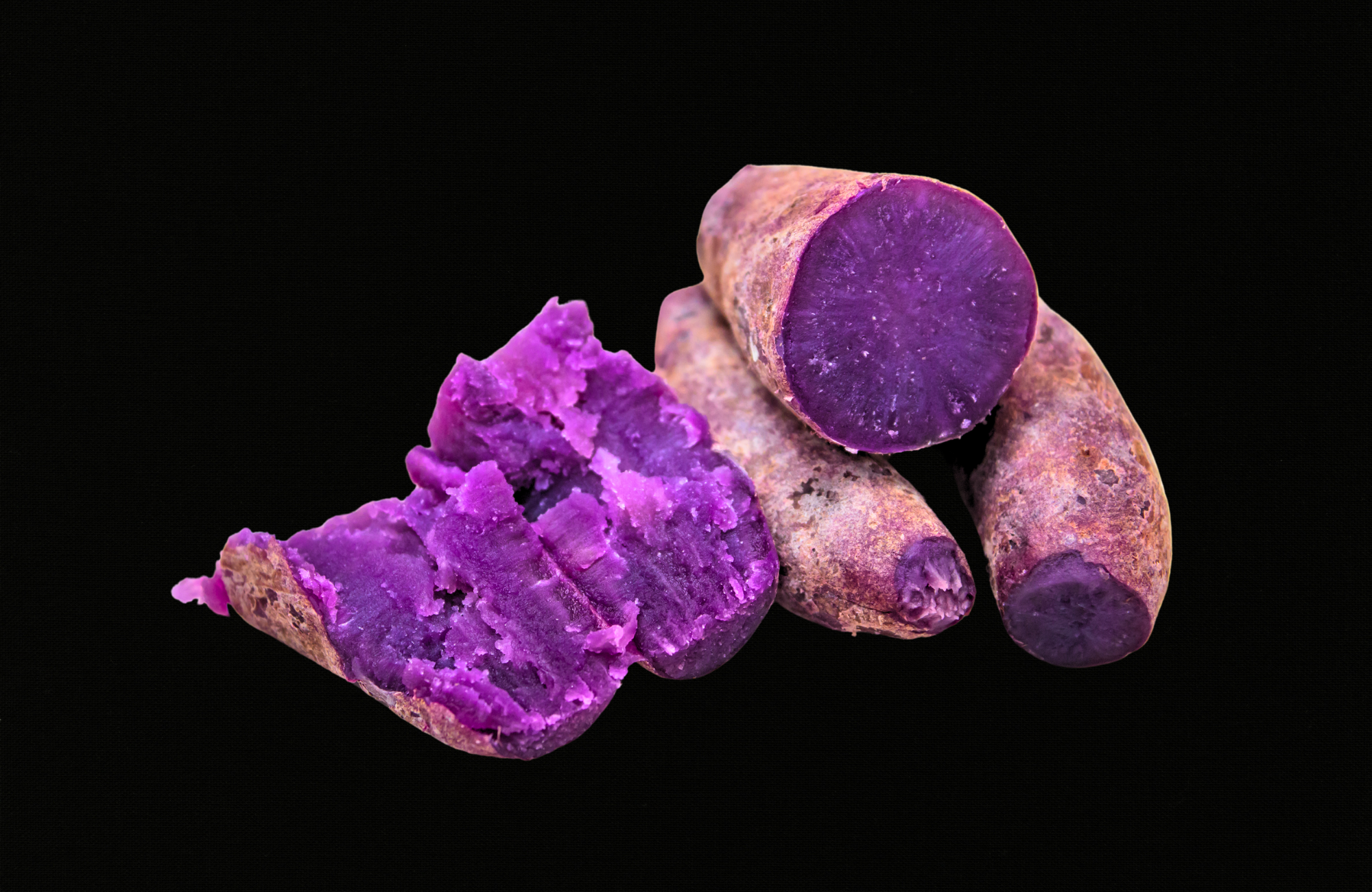
The Skin Benefits of Purple Sweet Potato
You’ve heard that sweet potatoes are a great way to add fiber, vitamins, and lots of nutrients to your diet… but did you know that certain varieties can also be great for your skin? Out of all of the sweet potato varieties, purple sweet potato in particular, stands out to us with its vibrant purple-hued flesh.
Purple sweet potato has a unique violet colour due to its high levels of stable anthocyanins—blue, red, or purple pigments that are naturally occuring in plants such as berries, grapes, legumes, and tubers. Anthocyanins from plants have been used since the 16th century for their wide medicinal properties that include antioxidant, anti-bacterial, and anti-inflammatory properties.1 With their high content of anthocyanins, purple sweet potatoes actually have the highest antioxidant value of all sweet potato varieties.2
With such a wide range of beneficial properties, purple sweet potato is able to deliver a multitude of skin and health benefits.
What is a purple sweet potato?
A purple sweet potato is the starchy, tuberous root of a vining plant known scientifically as Ipomoea batatas—belonging to the Convolvulaceae family.
When people think of purple sweet potato, they typically think of ube. In Tagalog, ube translates to tuber, and the difference is that it's actually classified as a yam, and not a purple sweet potato. Ube comes from a different vining species known as dioscorea alata, and is part of the Dioscoreaceae family.
Now you might be thinking, what the heck? They're basically the same thing.
Nutritionally, they're very similar. But, one way you can tell them apart is by the look of their skin. Ube and other yams tend to be rough and darker, and somewhat comparable to the texture of tree bark. Sweet potatoes, on the other hand, tend to have a white or reddish outside with a smooth surface.
When it comes to purple sweet potatoes, you're likely to find one of two varieties: an Okinawan sweet potato or Stokes Purple® sweet potato.
The skin benefits of purple sweet potato

Interested in learning why purple sweet potato is so beneficial for the skin? Read on to discover how and why the anthocyanins in purple sweet potatoes are able to pack such a punch when it comes to dermatological benefits and overall skin health.
Purple sweet potato is high in antioxidants
Purple sweet potatoes contain high levels of anthocyanins, which are also classified as antioxidants, due to their potent antioxidative activities. This means that anthocyanins help destroy unstable molecules called free radicals that cause oxidative stress, which in turn damages your healthy cells and contributes to overall aging. In short, antioxidants protect your cells from oxidative damage, which could be caused by general aging, exposure to the sun, or other harsh environmental factors (pollution, smoke, etc.). By destroying the molecules that can potentially irritate, inflame, or damage our cells, the anthocyanins in purple sweet potatoes help protect our cells and contribute to anti-aging and overall health benefits.
Purple sweet potato can help prevent sun damage and premature aging
When the skin is exposed to sunlight for extended periods of time, it often absorbs too much ultraviolet (UV) radiation, leading to sun damage and premature aging in the skin. This is due to the sun’s UVB-rays penetrating the surface of the skin deeply, and at certain levels of exposure, causing collagen degradation, the death of skin cells, hyperpigmentation, and even DNA mutations that can later lead to certain types of skin cancer.3
A recent study has shown that the anthocyanins in purple sweet potato can help mitigate the damage caused by UVB radiation. While the study showed that anthocyanins could absorb both UV-A and UV-B radiation, anthocyanins were extremely effective at absorbing UV-B radiation. Due to its effectiveness at absorbing UV-B radiation, it was able to minimize UVB-induced water loss, collagen degradation, epidermal hyperplasia (roughening of the skin) and wrinkle formation.4
Not only are anthocyanins effective in absorbing UV-A and UV-B rays, they also prevent the destruction of antioxidant enzymes that act as the first defense mechanism, and inhibit enzymes that can cause collagen degradation.4 By preventing skin damage, collagen degradation, and skin thickening as the result of damage, the anthocyanins in purple sweet potato protects the skin from premature aging by preventing UVB-induced sun damage to begin with.
This absolutely doesn’t mean purple sweet potato would act as a sunscreen, as they must go through rigorous testing, but might instead be a highly beneficial additive to sunscreen products.
Purple sweet potato is anti-inflammatory
Inflammation occurs when the body triggers the immune system and sends out specific cells, such as macrophages, to heal or fight irritants or an infection. Unmodulated, skin inflammation can lead to irritation and chronic inflammation, which is often uncomfortable, contributing to skin redness and puffiness, and severe discomfort and itching.
A complex combination of various phytochemicals can be found in purple sweet potatoes, including anthocyanins, weak organic acids, phenolic acids, and their mixtures of different chemical forms. They all work together to prevent inflammation by retaining hydration and inhibiting the production of pro-inflammation proteins, such as cytokines, that signal the pathways for inflammation.5
Purple sweet potato kills acne-causing bacteria
The proliferation of unwanted types of bacteria on the skin often plays a major role in the development of acne. Studies have shown that anthocyanins are particularly effective in destroying gram-positive bacteria, particularly C. acnes, a strain of bacteria that causes acne on the skin.1 In fact, it carries the name acnes due to its, as you may have guessed, association with the condition. While Cutibacterium acnes (formerly Propionibacterium acnes) is a naturally occurring bacteria that resides in our oil (sebaceous) glands and on the skin, an overgrowth of C. acnes exacerbates skin inflammation, resulting in acne breakouts.
The anthocyanins in purple sweet potato can therefore help to treat and prevent acne breakouts by inhibiting the proliferation and overgrowth of Cutibacterium acnes, as well as helping to modulate inflammation. By inhibiting the overgrowth of C. acnes, this prevents the formation of microcomedones, its progress to infected comedones, and its subsequent skin inflammation.
Summary
Purple sweet potatoes offer impressive skin benefits, largely in part due to its rich level of anthocyanins. These anthocyanins offer antioxidant, anti-aging, anti-inflammatory and even anti-microbial properties. All in all, purple sweet potato exhibits many beneficial bioactive properties that are great for the skin, and that’s why it’s one of the main ingredients of our Botanical Recovery Mask.
So while you may be roasting sweet potatoes for the holidays, why not try some sweet potato on your skin? Well, products that contain purple sweet potato that are specifically formulated to go on your skin, of course.
References:
- Cisowska, A., Wojnicz, D., & Hendrich, A. B. (2011). Anthocyanins as antimicrobial agents of natural plant origin. Natural product communications, 6(1), 149–156. https://pubmed.ncbi.nlm.nih.gov/21366068/
- Ooi, S. F., Sukri, S. a. M., Zakaria, N. N. A., & Harith, Z. T. (2021). Carotenoids, phenolics and antioxidant properties of different sweet potatoes (Ipomoea batatas) varieties. IOP Conference Series, 756(1), 012077. https://doi.org/10.1088/1755-1315/756/1/012077
- D'Orazio, John et al. “UV radiation and the skin.” International journal of molecular sciences vol. 14,6 12222-48. 7 Jun. 2013. https://www.mdpi.com/1422-0067/14/6/12222
- Zhi, Q., Lei, L., Li, F., Zhao, J., Yin, R., & Ming, J. (2020). The anthocyanin extracts from purple-fleshed sweet potato exhibited anti-photoaging effects on ultraviolet B-irradiated BALB/c-nu mouse skin. Journal of Functional Foods, 64, 103640. https://doi.org/10.1016/j.jff.2019.103640
- Khoo, Hock Eng et al. “Anthocyanidins and anthocyanins: colored pigments as food, pharmaceutical ingredients, and the potential health benefits.” Food & nutrition research vol. 61,1 1361779. 13 Aug. 2017. https://www.tandfonline.com/doi/full/10.1080/16546628.2017.1361779
-
McLaughlin, Joseph et al. “Propionibacterium acnes and Acne Vulgaris: New Insights from the Integration of Population Genetic, Multi-Omic, Biochemical and Host-Microbe Studies.” Microorganisms vol. 7,5 128. 13 May. 2019. https://www.mdpi.com/2076-2607/7/5/128


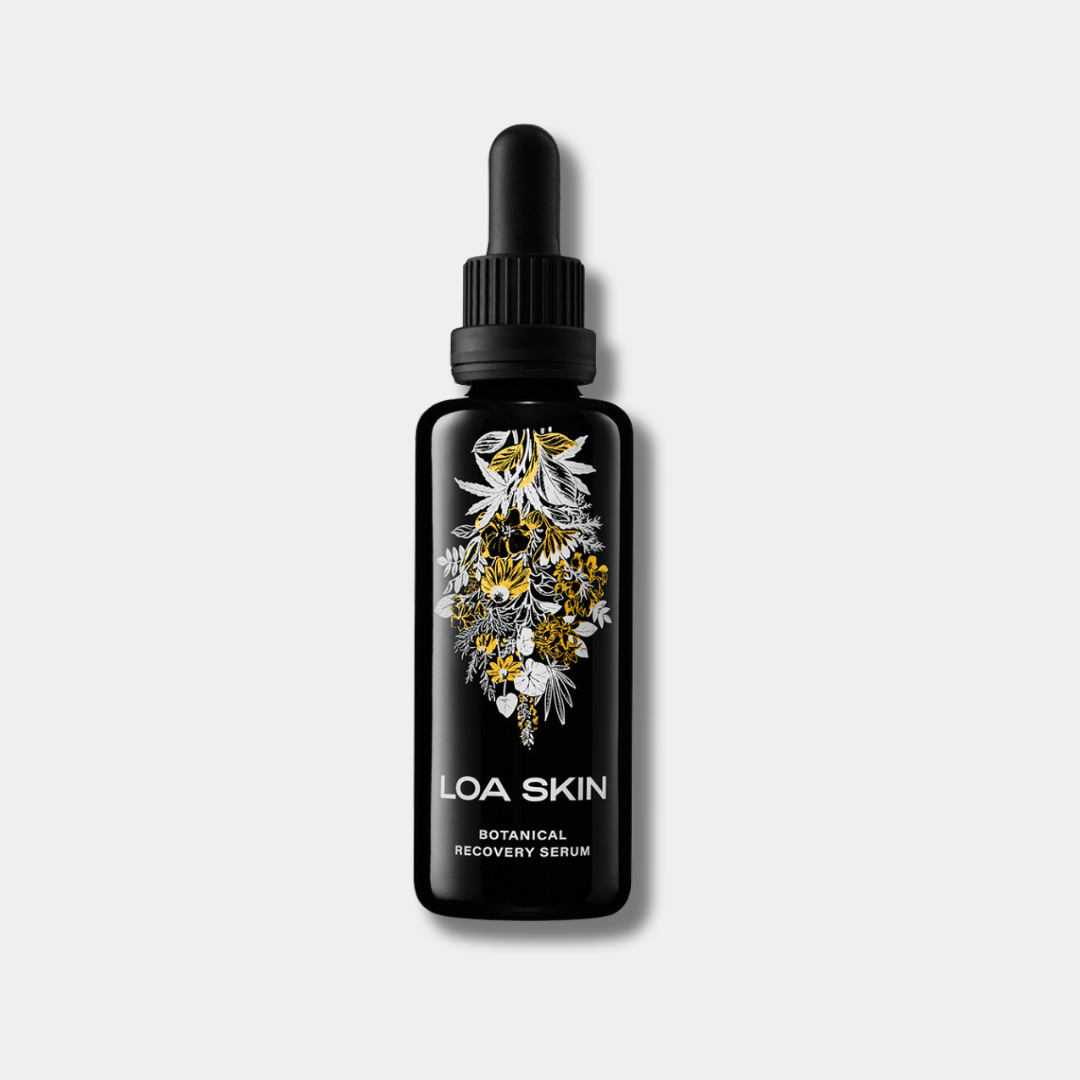
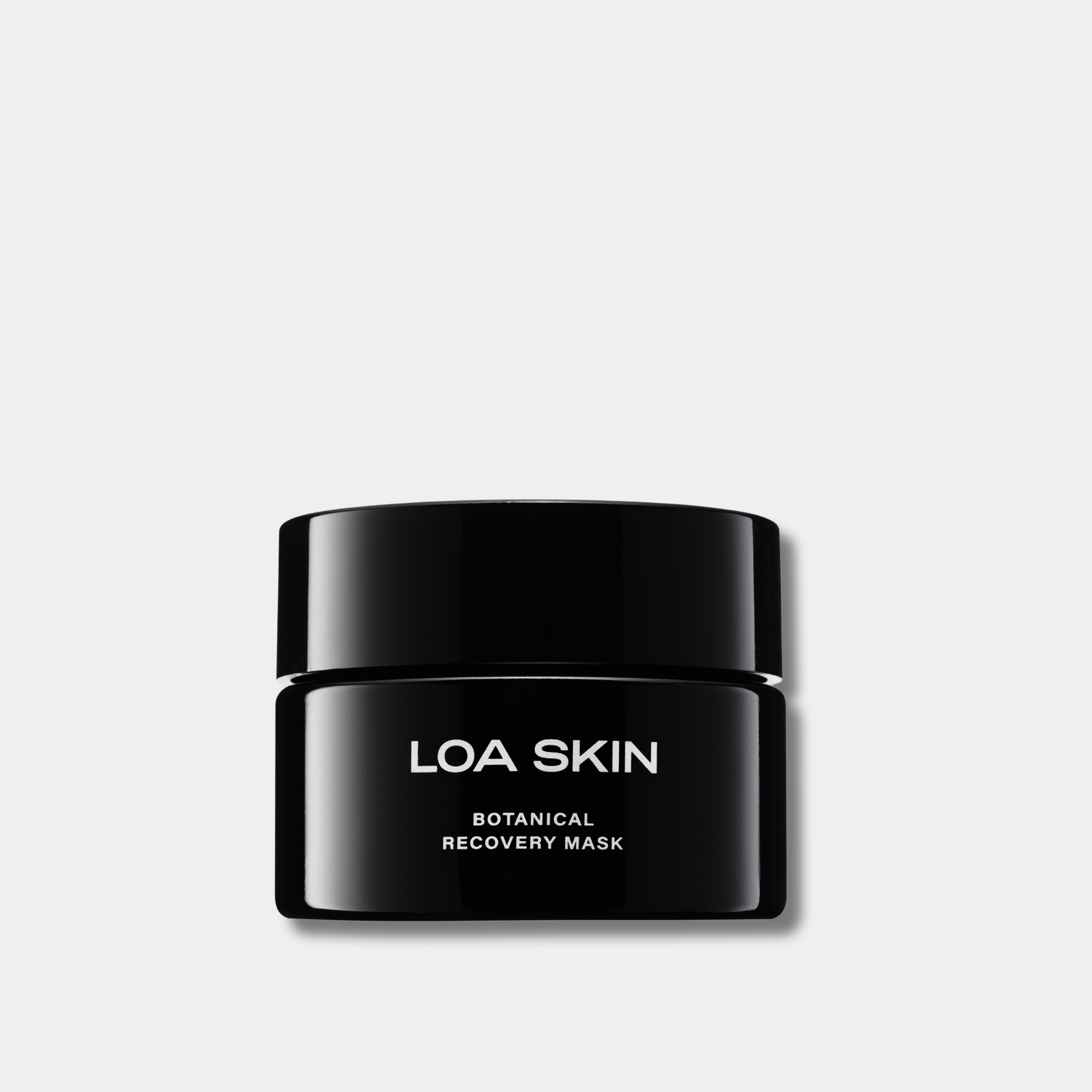
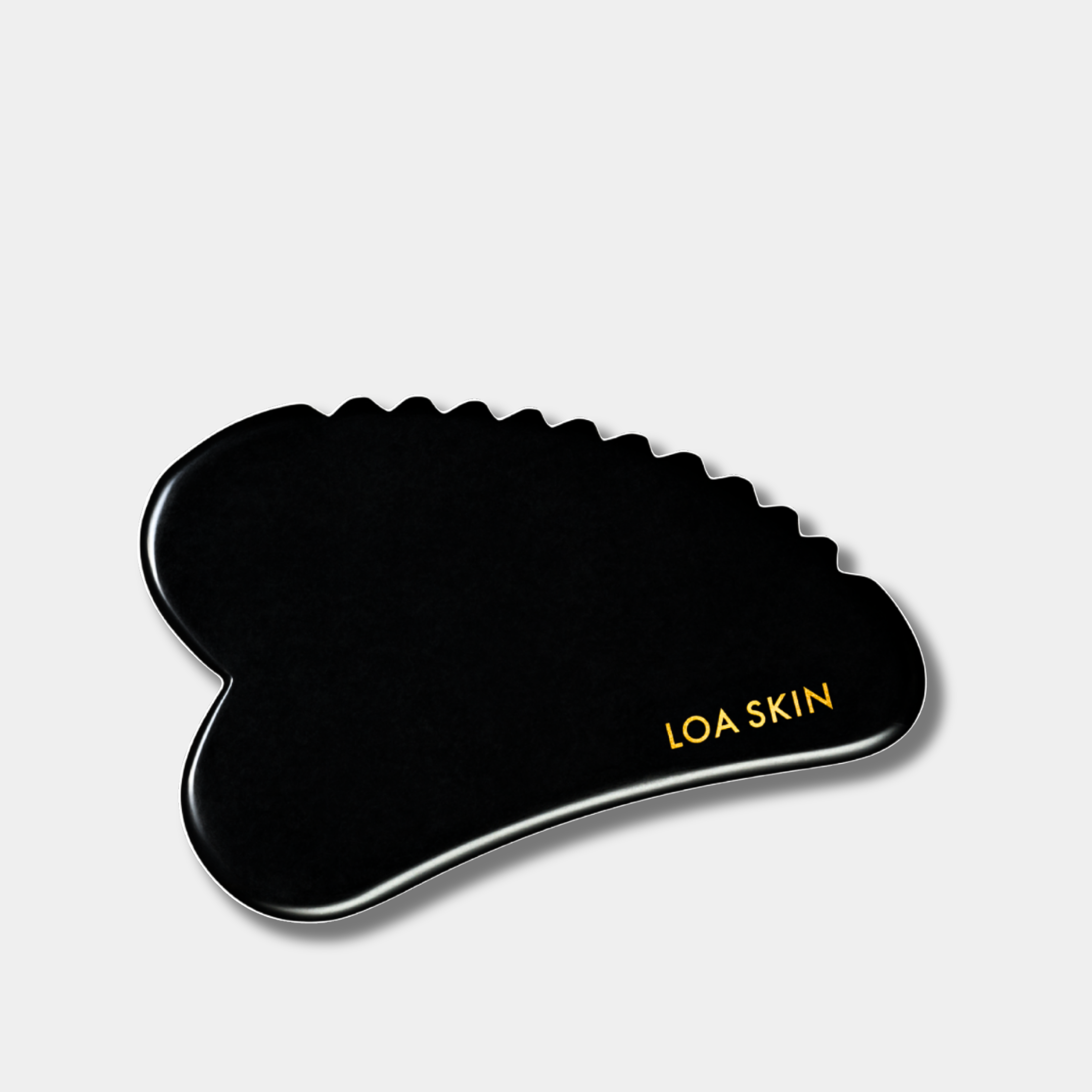
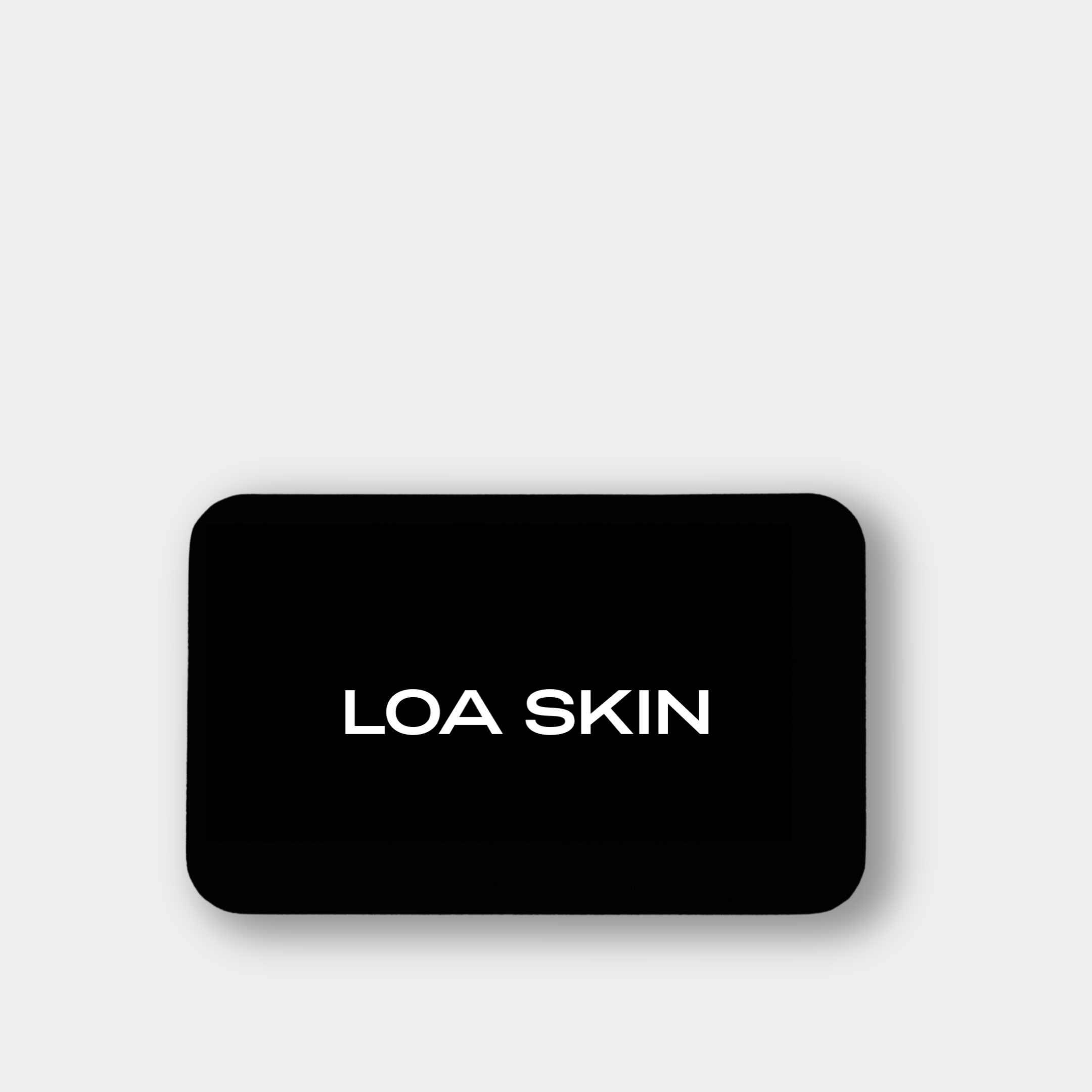
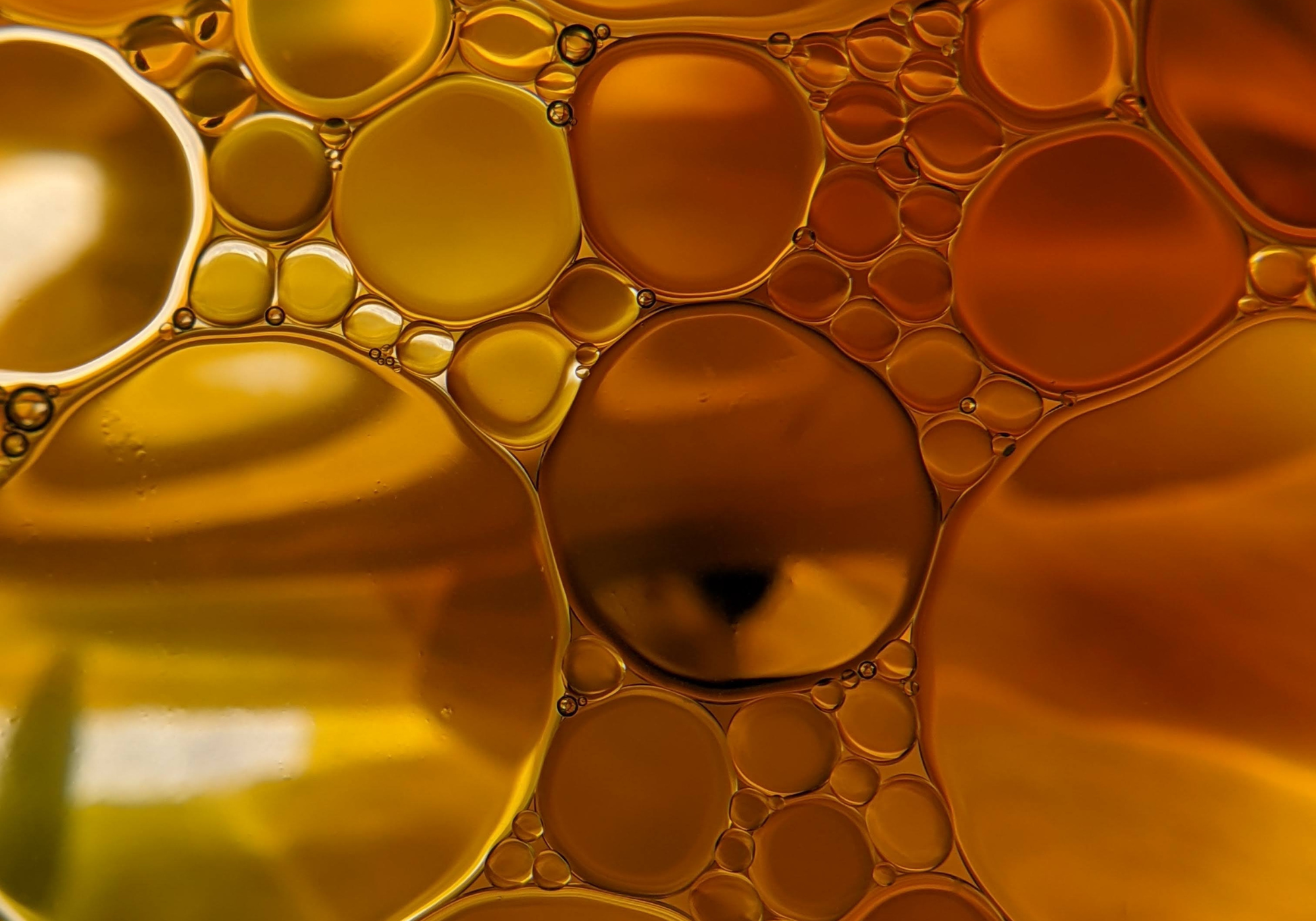

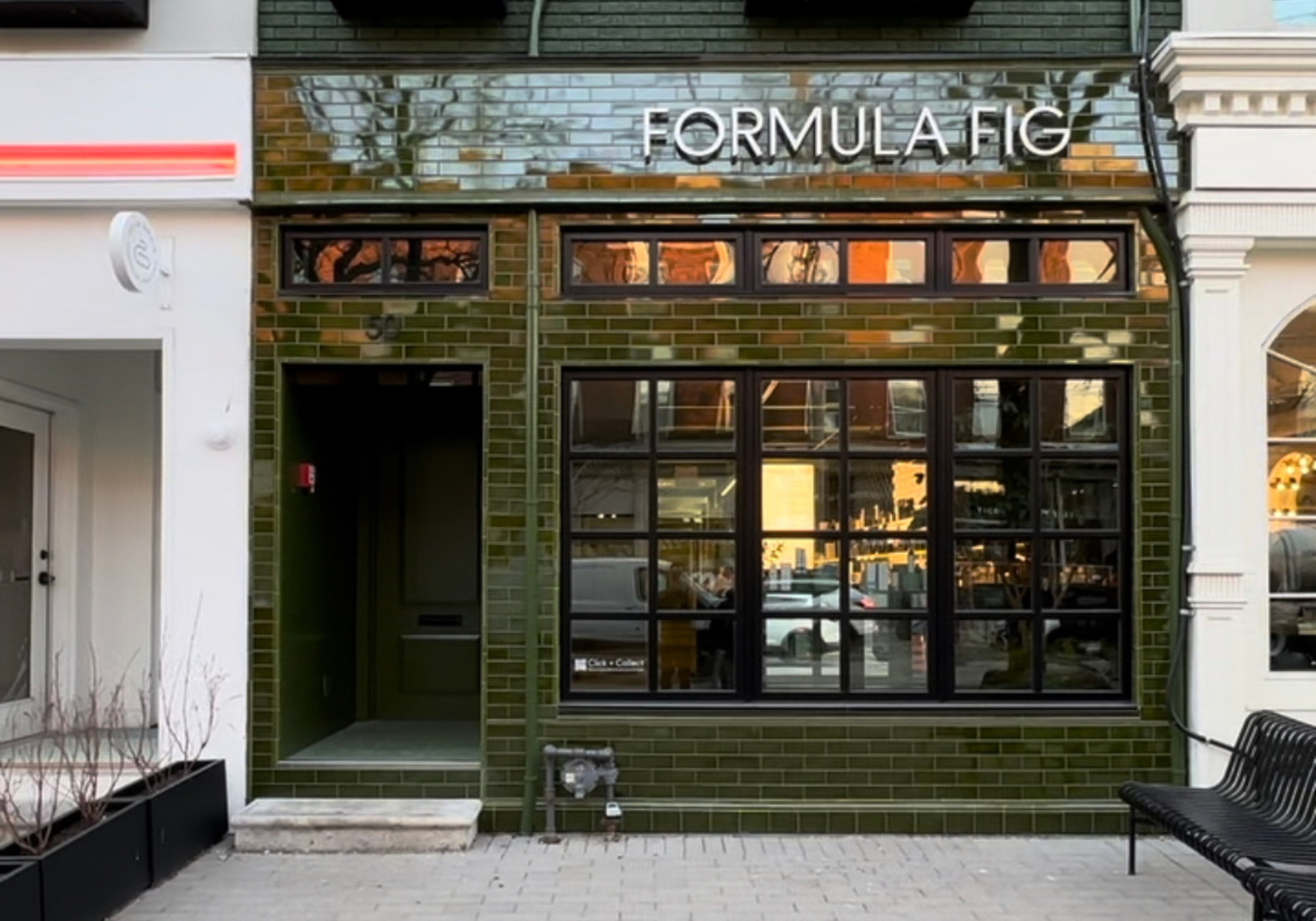
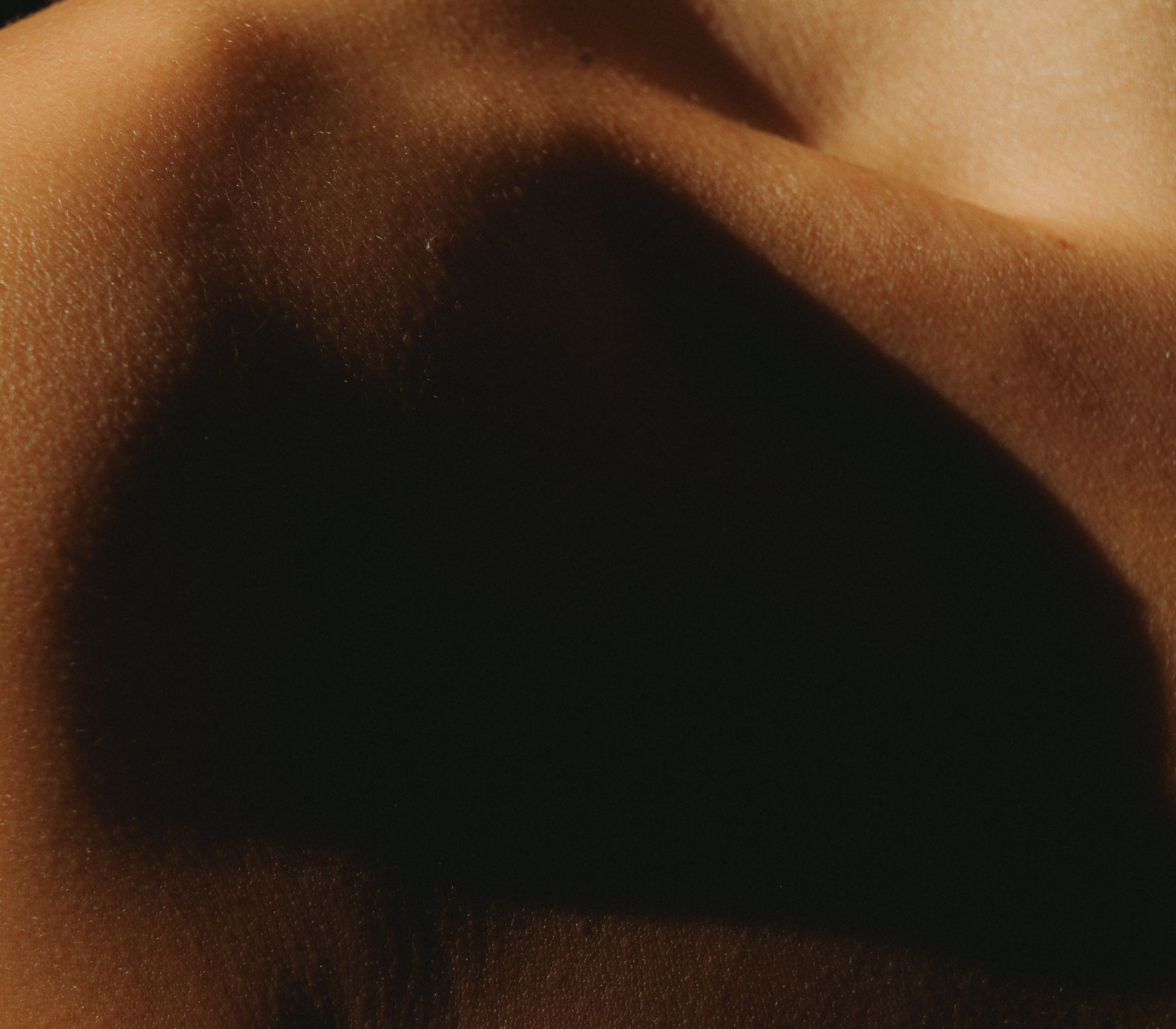
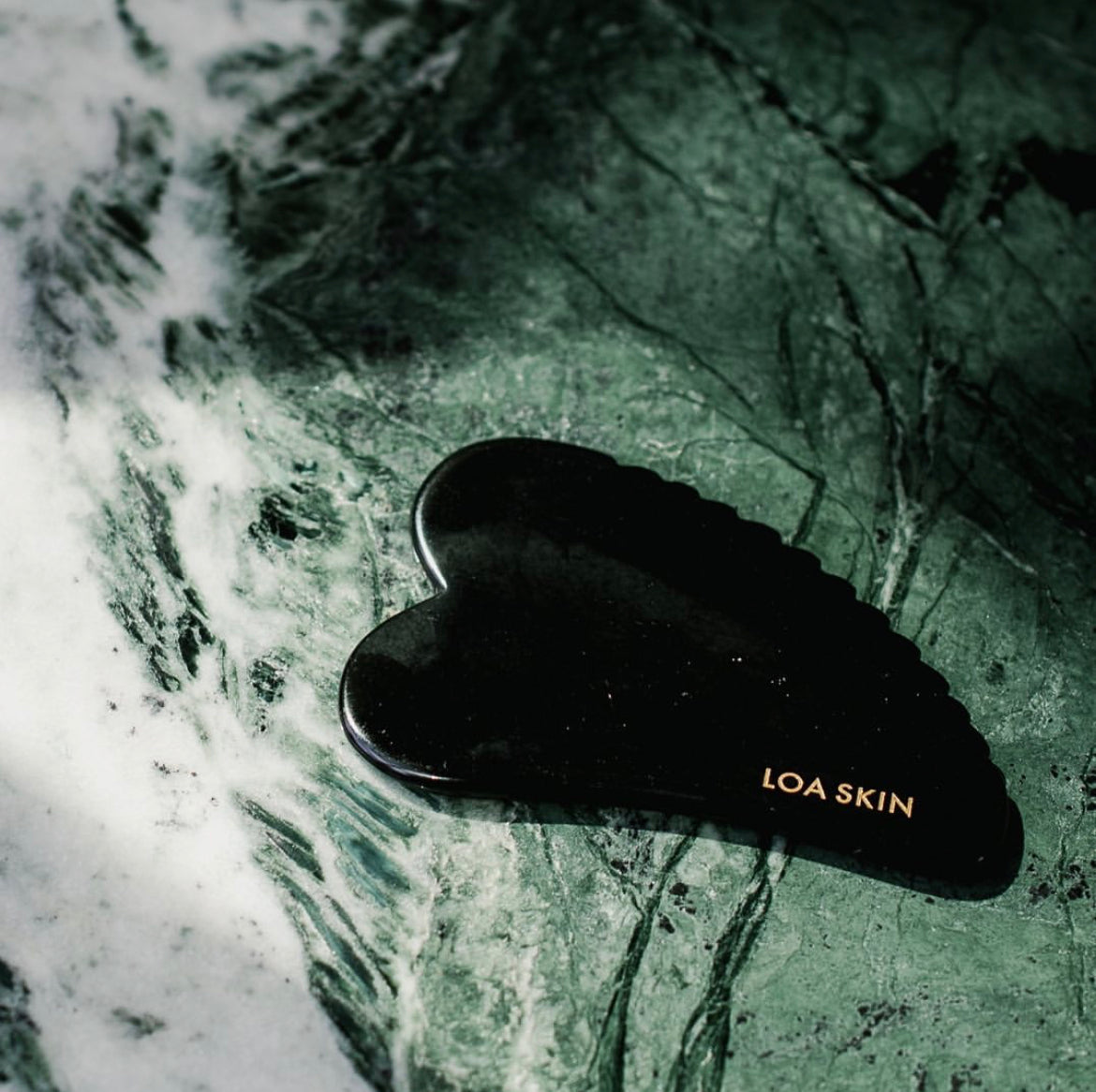
Leave a comment
This site is protected by reCAPTCHA and the Google Privacy Policy and Terms of Service apply.